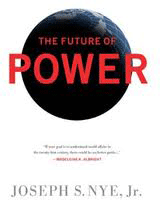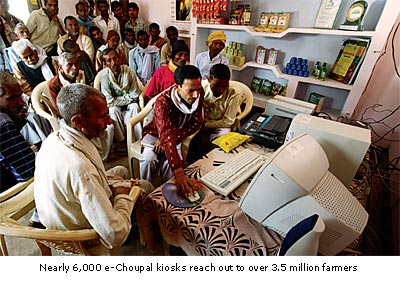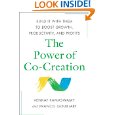I just read ‘Our Iceberg is Melting’, a short fable by John Kotter and Holger Rathgeber (a name which coincidentally in German, means advice-giver!).

John Kotter is a change guru that has written a bunch of serious business books about Change. Yet is seems that his ideas spread more rapidly and effectively in the form of a short fable with large illustrations about a bunch of penguins living on an iceberg.
Now comes the difficult question: what is the best, having the greatest idea backed by 20 years of careful research and put down in a series of long serious books, or simplified and put down in a nice attractive simple book counting a memorable story, that can be read in one hour?
The best answer is certainly – both. But if you can’t do both then certainly the fable is the best medium to get your idea across. Marketing is key to get the interest. Then only the depth of your understanding will come to light when people will start asking questions.
It is amazing how a fable can be a wonderful educational and marketing tool. Our ancestors new about the educational. Why don’t we use it more for marketing our ideas?
When do you start counting stories around?





